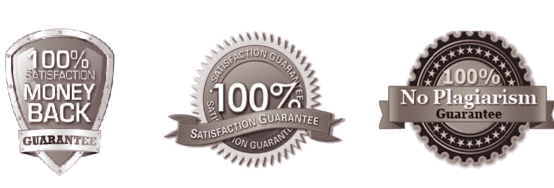Environmental analysis and SWOT Analysis
Assignment 1- No Plagiarism Please
Environmental analysis and SWOT Analysis Environmental Analysis
Company Description – USE AMAZON
Describe the company you are designing the plan for. Include:
· Mission Statement
· Vision Statement
· Product line description
· Company information, such as the size of the company
Environmental Analysis
Analyze the forces that affect the company and marketing efforts.
Competitive Forces
Analyze the company’s key competitors. You may choose to use a BCG Matrix or attribute checklist to compare your company against its competitors. Describe any strategic moves the competition has recently made. Estimate your market share. Identify key competitive advantages against your competitors.
Economic Forces
Analyze the economic environment in the areas affecting your business. Consider differences within your industry and the economic impact on suppliers.
Political Forces
Analyze relevant political forces. Examples may include an election year or a law to drastically reduce or eliminate plastic waste in your county.
Legal, Regulatory, and Ethical Issues
Analyze the legal, regulatory, and ethical issues that may affect your business. Considerations may include local laws such as a ban on the use of plastic bags, the ability to post billboards, or a possible increased regulation on direct mail.
Technological Forces
Analyze whether your company will be affected by emerging technologies or trends in hardware and software industries
Social Forces
Analyze social trends and how they may affect your business. Considerations may include if your business will be affected by demographic trends, a growing dependence on computers, or whether interest in your product might be affected by growing preferences in the way things are done or changing social values.
Current Target Markets
Define the company’s current target markets. Describe the demographic, geographic, psychographic, and product usage of these targets.
Review Current Marketing
Review the company’s current marketing tactics. Consider how people find out about the product, how they get information about the product or service, what might be involved in the buying process, and what money is available for marketing. If your company is a start-up, describe your competitors’ current marketing.
SWOT Analysis
Assess your company’s strengths, weaknesses, threats, opportunities, and then evaluate how to address these in your marketing plan.
Strengths
Assess your company’s competitive advantage. Consider core competencies, assets, location, practices, etc. that are distinct in the way the organization meets the needs of its customers.
Weaknesses
Assess what limits the company may have in its current marketing strategy. Consider if there is a company weakness that needs to be addressed through Public Relations or Marketing.
Opportunities
Assess the opportunities you see based on trends or environmental conditions.
Threats
Assess the threats or limitations that may interfere with the company’s ability to meet its objectives or interfere with marketing plans.
Strengths to Opportunities & Converting Weaknesses and Threats
Convert weaknesses and threats to strengths, then strengths to opportunities in the marketing plan. Consider the implications for addressing supplier relationships, implementing new technologies, or changing the product line or addressing new markets.
Marketing Objectives
Establish marketing objectives based on the results from the SWOT analysis. Marketing objectives must align with corporate objectives, modified by the company’s resources. Objectives should include a date for the completion of the objective and the way in which success will be measured. For example: The company will expand its marketing efforts to include a new market segment of 21- to 29-year-olds. This will entail the development of a customized product by June 2020 that will address the specific psychographic and technological needs of this age group. This strategy is expected to attain a 20% growth in overall sales by January 2020. Customer loyalty (willingness to recommend the product) will increase by 30%.
References (Remember in-text citations)
Grading is based on the Rubric details for Assignment 2 –
1. Company Description
2. Environmental Analysis
3. Current Target Markets
4. Review Current Marketing
5. SWOT Analysis
6. Marketing Objectives
7. Communication
· References (Remember in-text citations)
Continuation next assignment 2

You Need a Professional Writer To Work On Your Paper?

